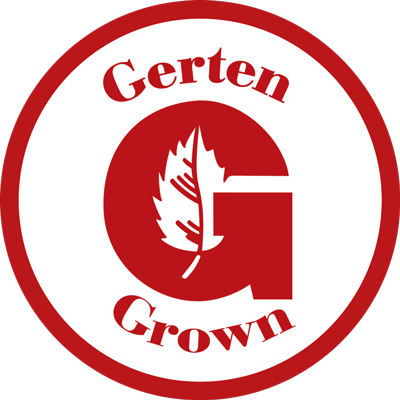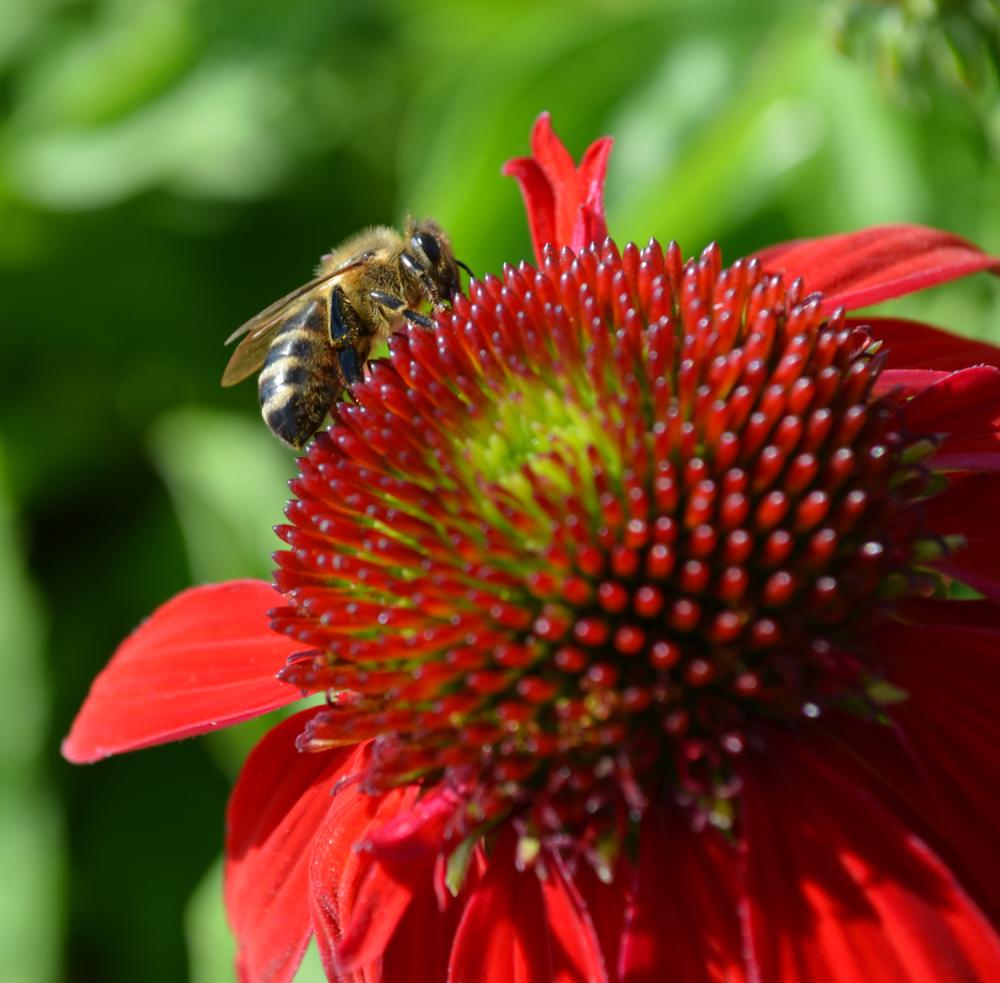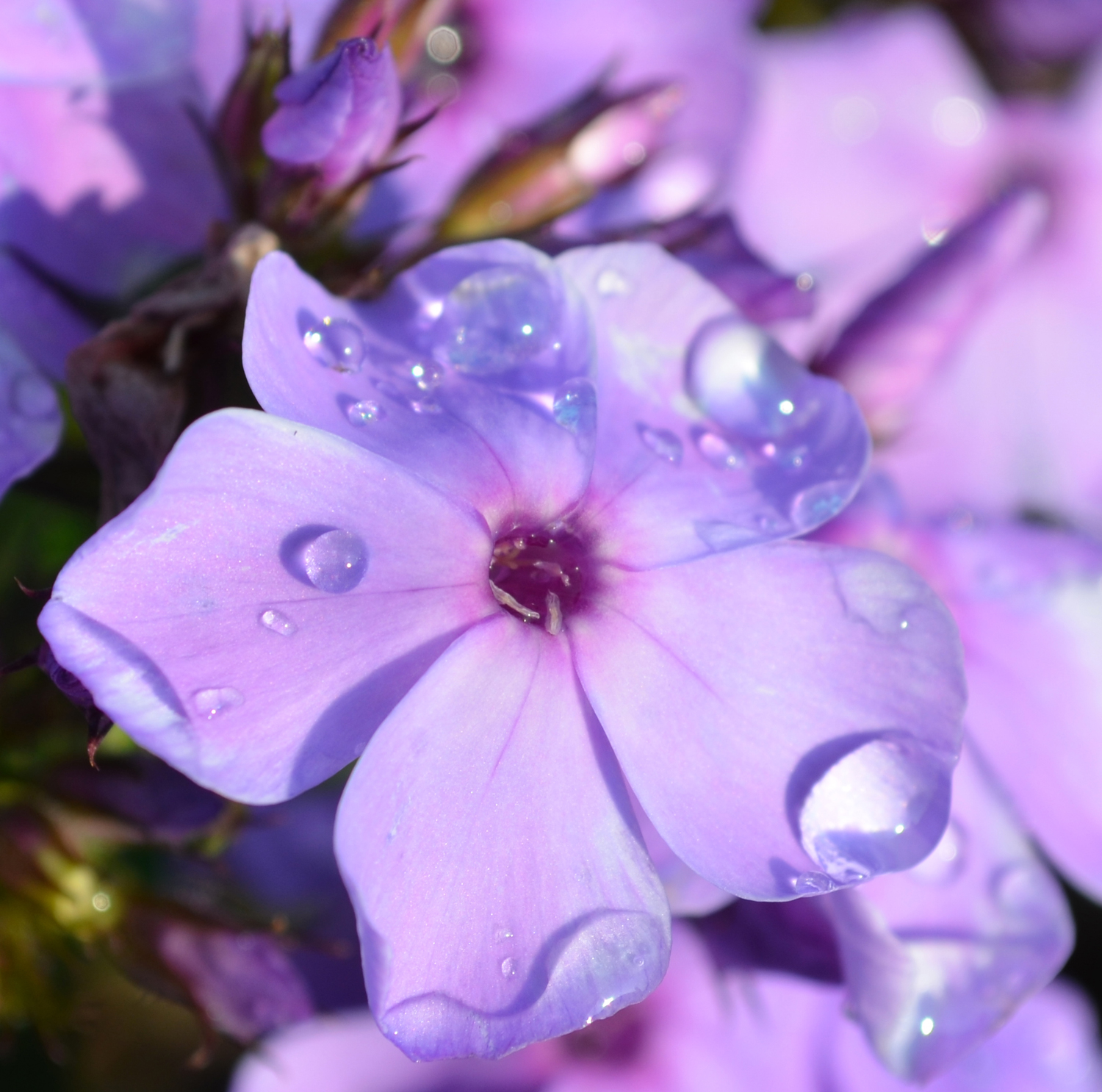Hosta, White-Blue Leaf 'Royal Standard'




- Sun Preference
- Part-Sun, No-Sun
- Bloom Time
- July, August
Description
A standard for any garden with its attractive shiny oval medium green leaves that are slightly rippled; provides beautiful texture and contrast to other plants; white spikes of flowers with mild fragrance, in mid to late summer.
Minnesota's Largest Selection of Perennials
Discover an unparalleled selection of perennials at Gertens! With the largest variety in Minnesota, we offer endless options of colorful perennials, natives, and pollinator plants to beautify your garden year after year. From vibrant flowers to lush foliage, our perennials are perfect for adding beauty and charm to your outdoor space. Visit Gertens today and see why we're known as Minnesota's Destination Garden Center!
Details
Height: 28 inches
Spacing: 4 feet
Sunlight: ![]()
![]()
Hardiness Zone: 3a
Other Names: Plantain Lily, Funkia
Description:
A standard for any garden with its attractive shiny oval medium green leaves that are slightly rippled; provides beautiful texture and contrast to other plants; white spikes of flowers with mild fragrance, in mid to late summer
Ornamental Features
Royal Standard Hosta features dainty spikes of lightly-scented white tubular flowers rising above the foliage from mid to late summer. Its attractive glossy oval leaves remain emerald green in color throughout the season. The fruit is not ornamentally significant.
Landscape Attributes
Royal Standard Hosta is a dense herbaceous perennial with tall flower stalks held atop a low mound of foliage. Its medium texture blends into the garden, but can always be balanced by a couple of finer or coarser plants for an effective composition.
This plant will require occasional maintenance and upkeep, and is best cleaned up in early spring before it resumes active growth for the season. Gardeners should be aware of the following characteristic(s) that may warrant special consideration;
- Insects
Royal Standard Hosta is recommended for the following landscape applications;
- Mass Planting
- General Garden Use
- Groundcover
Planting & Growing
Royal Standard Hosta will grow to be about 24 inches tall at maturity, with a spread of 4 feet. When grown in masses or used as a bedding plant, individual plants should be spaced approximately 4 feet apart. Its foliage tends to remain dense right to the ground, not requiring facer plants in front. It grows at a medium rate, and under ideal conditions can be expected to live for approximately 10 years.
This plant does best in partial shade to shade. It prefers to grow in average to moist conditions, and shouldn't be allowed to dry out. It is not particular as to soil type or pH. It is somewhat tolerant of urban pollution. This particular variety is an interspecific hybrid. It can be propagated by division; however, as a cultivated variety, be aware that it may be subject to certain restrictions or prohibitions on propagation.
More Information
| Common Family Name | Hosta |
|---|---|
| Gerten Grown Plants | Gerten Grown Plants |
| Available for Pre-Order | Yes |
| Sun Preference | Part-Sun, No-Sun |
| Bloom Time | July, August |
| Mature Spread (Range) | Over 36" |
| Mature Height (Range) | 13" - 24" |
| USDA Hardiness Zone | 3, 4, 5, 6, 7, 8 |


